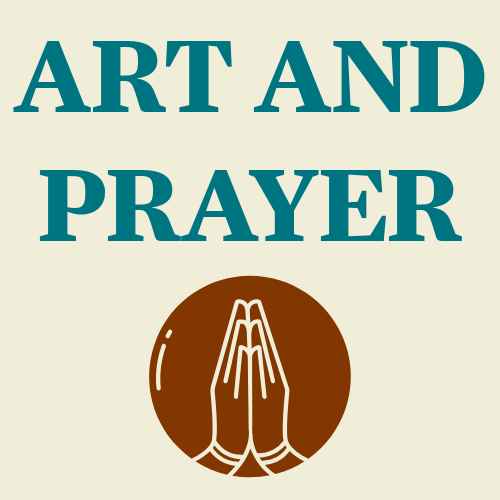Praying with Luca Giordano's "The Good Samaritan"
What does love look like when it’s inconvenient, risky, or costly? This session explores the parable of the Good Samaritan alongside Luca Giordano’s stirring painting, inviting you to see compassion as a sacred calling. Let Christ’s words—and your own hands and heart—become instruments of mercy.
Luke 10:30-37
Pastor Rob references Teresa of Avila, who articulated the idea that individuals become Christ to others through acts of love. He highlights her poignant words, emphasizing that Christ has no body on Earth but ours, which calls for personal responsibility in embodying compassion. The message encourages viewers to reflect on their role in extending love and compassion to others, reinforcing the idea that they are the hands, feet, and eyes of Christ in the world.
Juliet Benner's book, "Contemplative Vision," is introduced as a guide for changing perspectives and fostering compassion towards those who differ from us. Pastor Rob emphasizes the need for a transformed life to follow Christ's teachings of self-denial and self-sacrifice. He explains that parables, like those used by Jesus, challenge listeners to examine their beliefs and assumptions, prompting inner transformation.
The focus shifts to the parable of the Good Samaritan, which serves as a powerful narrative meant to shock listeners into awareness of radical compassion. Pastor Rob reads the scripture from Luke 10:30-37, inviting listeners to absorb the story as if hearing it for the first time. He encourages reflection on personal reactions to the story, urging viewers to notice new details and feelings that emerge during this reading.
The episode features a painting of the Good Samaritan by Luca Giordano, prompting viewers to take a detailed look at the artwork. Pastor Rob encourages viewers to notice the emotional depth and context of the figures depicted, particularly the Samaritan's compassion and the wounded man's suffering. He highlights the contrasting elements within the painting, such as the dark landscape against the light illuminating the town, symbolizing hope and compassion amidst despair.
Pastor Rob invites viewers to closely examine the Samaritan's actions, emphasizing his focus and determination to help the wounded traveler despite the risks involved. The Samaritan's emotional state is discussed, portraying his concern and anger at the brutality displayed towards the injured man. The physical details of the wounded traveler are analyzed, highlighting his vulnerability and the urgency of the Samaritan's care.
The scripture is revisited, encouraging viewers to reflect on their inner attitudes and feelings as they engage with the parable a second time. Pastor Rob asks viewers to consider how their perceptions may have shifted after reflecting on the painting and the story again. He encourages personal reflection on any messages or feelings that resonate, inviting viewers to remain open to God's guidance.
Pastor Rob discusses the striking resemblance between the wounded man in the painting and depictions of Jesus, drawing parallels between acts of mercy and serving Christ himself. He references Matthew 25:40, emphasizing that acts of kindness toward others are equivalent to serving Jesus. The episode encourages viewers to contemplate their responses to the parable and the painting, seeking personal revelations from God.
Pastor Rob concludes the episode by encouraging viewers to reflect on their preconceived notions about the messages from the scripture and painting. He suggests that part of prayer involves listening to what God may be saying, rather than imposing one's expectations. The episode ends with an invitation to engage in personal prayer, reflecting on the insights gained and responding to God's call in their lives.





